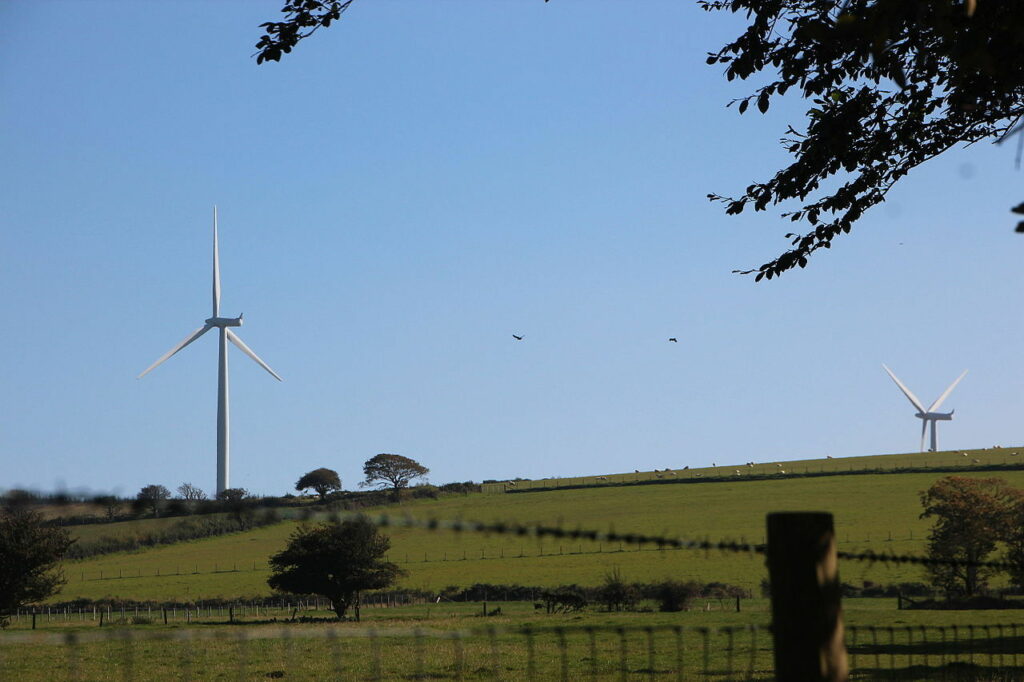The Welsh Government has launched its first public consultation on a target to deliver 100% of its electricity needs from green energy by 2035 with an extra proposal to target at least 1.5GW of renewable capacity from local sources, excluding heat pumps.
Wales has an opportunity to play a crucial role in the decarbonisation of not just its own country, but additionally the UK. With an abundance of offshore wind generation opportunities and hydrogen, the country is well on its way to achieving its 2035 target.
The 2035 target adds to a pre-existing target of having more than 1GW of locally owned generation by 2030.
The Government revealed that good progress has been made in achieving this target with the nation already generating 55% of its electricity needs from renewables. With a vast pipeline of proposed projects set to come online this decade, the country could excel in boosting the renewable generation sector in the UK.
The county also has an established target of reaching net zero by 2050.
To tackle this target, the Welsh Government previously unveiled plans to establish a publicly owned renewable energy developer. Profits made from the energy developer will be used to deliver wider benefits for the population in Wales. The government stated that the funds would go back into the public purse to be reinvested in improving energy efficiency in homes alongside boosting clean energy jobs.
“Our previous targets signalled our high ambitions for renewable energy and this Government’s desire to move away from a use of, and reliance on, fossil fuels,” said James.
“However, the climate crisis shows that we cannot afford to rest on our laurels. Providing new targets compels us to stride towards net zero as quickly as we realistically can. The evidence is clear that towards the end of this decade we will need to rapidly ramp up our generation of electricity to meet our energy needs. The renewable energy target proposals that we are consulting on today are ambitious, but credible.
“I am very pleased that they propose a pathway for us to meet the equivalent of 100% of our annual electricity consumption from renewable electricity by 2035, and to continue to keep pace with consumption thereafter.”
Key to achieving this target, according to the Minister, is the scaling of supply chains and key infrastructure to maintain the growing generation capacity across Wales. Ensuring the Welsh offshore wind vision is realised could be a crucial development. For this the Government has committed £1 million in funding which has been matched by Associated British Ports.
This vision has already seen huge interest in offshore wind developments in the Celtic Sea. The proposed 1GW Gwynt Glas Offshore Wind Farm signed a memorandum of understanding (MoU) with Associated British Ports and the Port of Milford Haven to prepare the region for floating wind farms in the Celtic Sea.
Via the MoU, information and industry knowledge would be shared to investigate potential opportunities for the manufacturing, assembly, load-out and servicing for the project. This will be across the key South Wales ports of Port Talbot and Milford Haven.
The new proposed renewable generation targets and investment have been welcomed by Andrew Harston, regional director of Wales & Short Sea Ports, who believes this could support the creation of a major green energy hub at Port Talbot.
“Associated British Ports warmly welcomes this early-stage support from Welsh Government to help kick start the development of a major green energy hub at Port Talbot. This support is key to the construction of transformational infrastructure, which will enable the manufacturing, integration and assembly of floating offshore wind components at Port Talbot,” Harston said.
“The rollout of floating offshore wind in the Celtic Sea offers a once-in-a-generation opportunity for South Wales to lead a global market and will play a major role in contributing to Wales and the UK’s net zero targets. By doing so it will support and create thousands of long-term, high-quality jobs.
“As the gateway to the Celtic Sea, and with unique capabilities and natural advantages, this support will help position Port Talbot at the heart of these emerging green technologies and industrial decarbonisation.”





